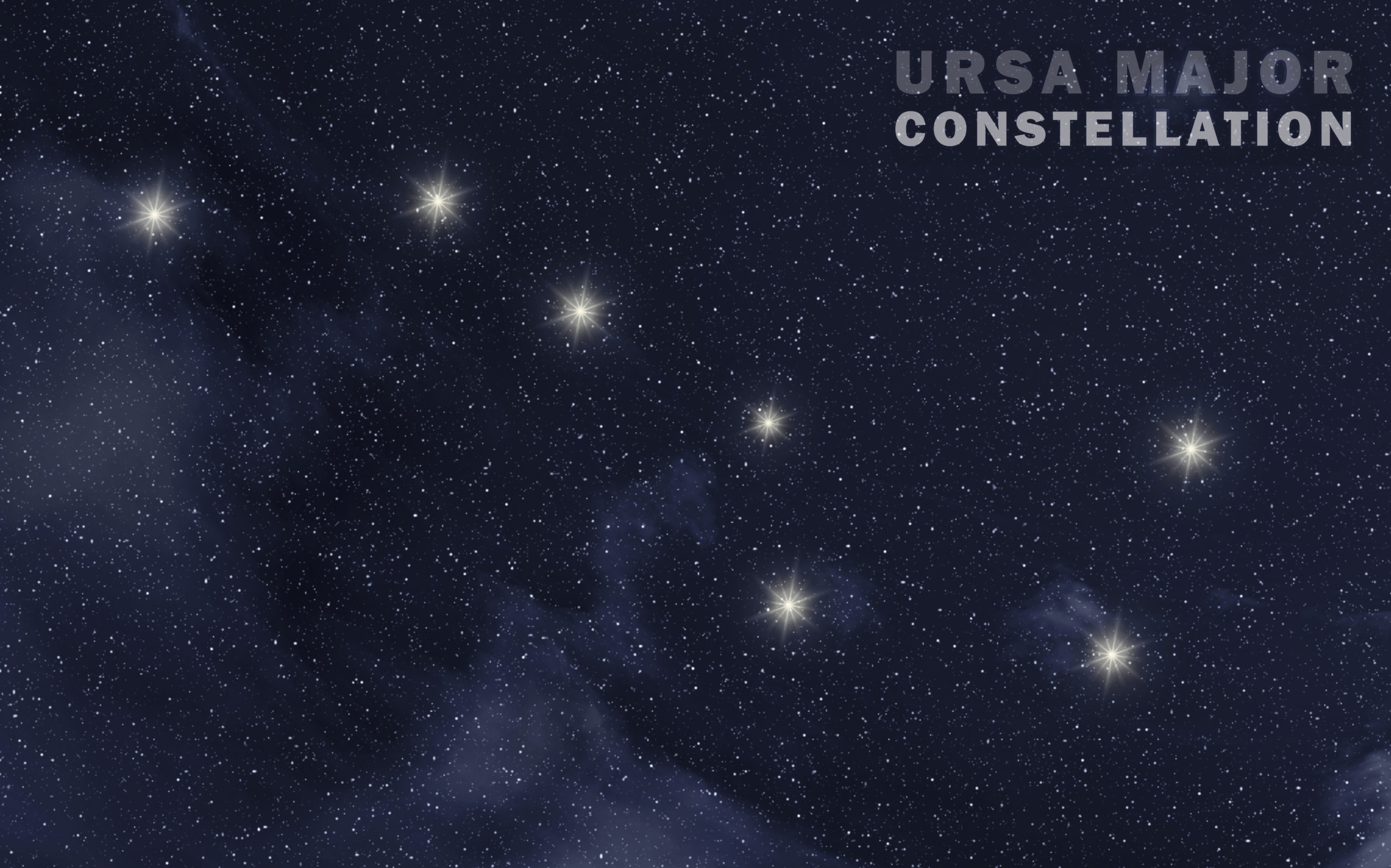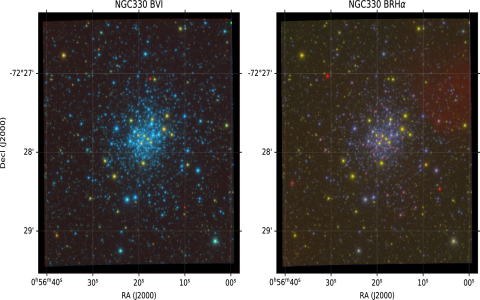Okay, so, let me tell you about this little project I got myself into – “BM Constellation.” Sounds fancy, right? Well, it kinda is, but it’s also a bit of a headache, to be honest. But a fun headache, you know?
It all started when I stumbled upon some random stuff about how those astronomy guys use constellations to navigate and figure out where they are. I thought, “Hey, that’s pretty cool!” I mean, who doesn’t like looking at the stars? So, I got this idea to learn more about them.
First thing I did was to understand what a constellation even is. Turns out, it’s just a group of stars that look like they form a picture. Like, if you connect the dots in the sky, you might see a bear, or a hunter, or whatever. Those ancient people were really creative, I gotta say. I spent a good chunk of time just reading up on how these constellations got their names. It’s a wild mix of myths and legends. You wouldn’t believe some of the stories behind them!
Then, I decided to focus on this one constellation called Cassiopeia. Why? No real reason, it just sounded cool, to be honest. Plus, it’s easy to spot in the sky, looks like a big “W.” So, I dove deeper into Cassiopeia and found out about this star in it, called BM Cassiopeiae. Apparently, it’s a supergiant, which sounds super important. But the thing is, it’s so far away and faint that you can’t even see it without a telescope, especially not from where I am in the northern hemisphere. Bummer, right?

My Journey of Finding BM Cassiopeiae
But that didn’t stop me. I got my hands on a telescope – not a super fancy one, but it did the job. I made sure that I understood how to use the thing first. I mean, pointing it at the sky is easy, but finding a specific, faint star? That’s a whole other story. I spent hours – and I mean hours – fiddling with it, and learning about how to locate stars and constellations. There were nights when I was freezing my butt off outside, staring up, and seeing nothing but darkness.
- First Attempts: Lots of mistakes here. I thought I knew what I was doing, but I was just getting lost in the sky.
- Getting Help: I joined some online forums and communities. Met some cool people who really knew their stuff and they gave me some great tips.
- Small Wins: I started recognizing some of the easier constellations, like the Big Dipper. Felt like a total pro!
- The Breakthrough: Finally, after weeks of trying, I found Cassiopeia. I could see the “W” shape clear as day. I was so stoked!
- The Search for BM Cassiopeiae: This was tough. I knew it was in Cassiopeia, but finding it was like looking for a needle in a haystack.
- Success: One night, I got lucky. I pointed my telescope at the right spot, adjusted the focus, and there it was. A tiny, faint, but definitely there, star. BM Cassiopeiae.
I gotta say, seeing that faint little star was a big moment for me. It wasn’t bright or spectacular, but I found it. I actually did it. It made me feel connected to something bigger than myself, you know? Like, I was a part of this huge universe, just looking up at the stars like people have done for thousands of years. It was a truly amazing experience. It was a reminder that there’s so much out there to discover, even if it’s just a tiny, faint star millions of miles away.
So, that’s my BM Constellation story. It was a lot of work, a lot of frustration, but also a lot of fun. I learned a ton, not just about stars, but about patience and perseverance too. If you’re ever bored and looking for something to do, try looking up at the stars. You might be surprised at what you find. And, who knows, you might even get hooked like I did!









